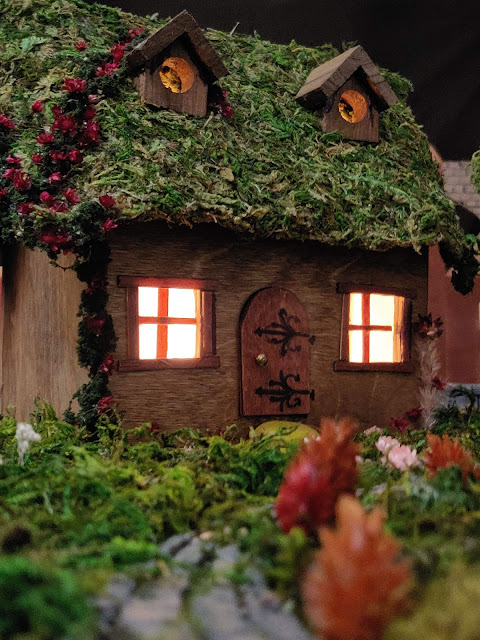Now that the series has aired, I can share another single pickup day I worked on, this time for the Peacock series Rutherford Falls. These are some simple driving shots of a BMW driving down a desert road, with some passes, jib ups, and other various shots. We were in a Mercedes arm car with a "The Edge 3" arm and head, shooting on a RED Gemini, as part of it would be occurring near dusk and into the night, so light levels would be low by the end.
I was camera operating the head via joystick and, while I've operated remote heads before, this was my first time operating in an arm car. It's really not that different from operating on any other shoot with moving elements or other car to car shots, which I do fairly frequently, so I wasn't worried at all. I was very happy with what we shot and the director seemed pleased.
All our shots are in the final episode (episode 10) of season 1. We did a night shot that is used in the middle of the episode (around the 12m15s mark) with the camera floating from the highway shoulder onto the road as the main character's car drives by. My focus puller did a great job as it was totally dark and there weren't really any visible marks he could pull to, so he was flying by the seat of his pants and nailed it.































